There’s a wild side to your sweet house cat that mirrors the behaviors of big wild cats like lions and tigers. Despite their cozy domestic lives, cats retain many instincts that trace back to their untamed ancestry. From their playful pounces to their aloof stares, your kitty’s actions are like a mini-safari in your living room. Here are 14 behaviors your house cat shares with its wild cousins and what they mean for understanding your feline friend better.
1. Stalking Prey
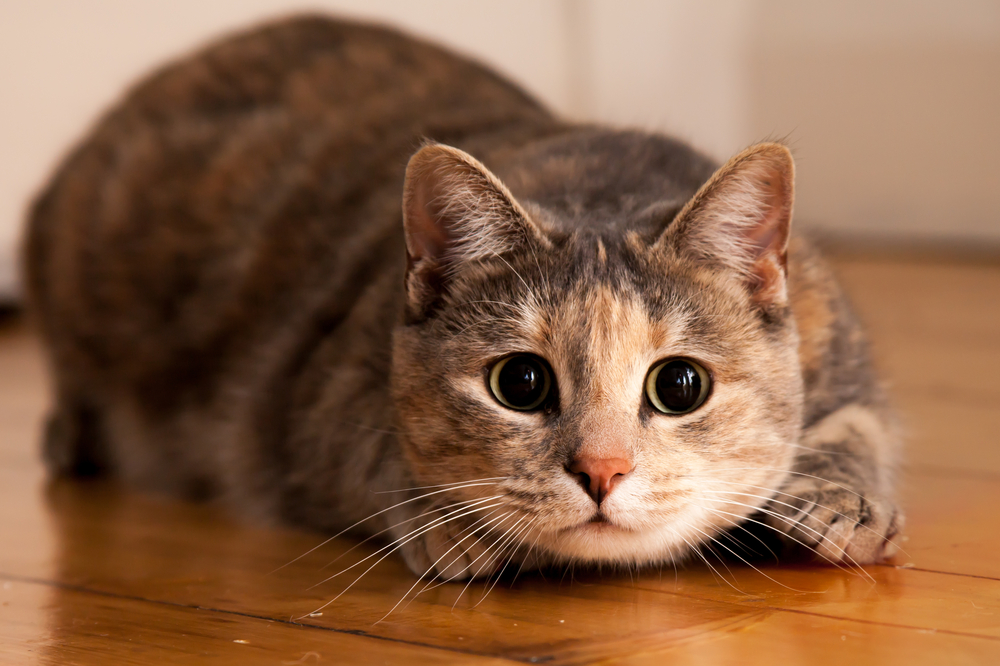
Every time your cat crouches low and inches forward with laser focus, they’re channeling the instincts of their wild ancestors. This stalking behavior is all about practicing the skills needed to catch prey, even if the prey is just a feather toy. You might notice how your cat’s hindquarters wiggle right before they pounce, a behavior that hones their ability to gauge distance and strength. This primal dance is not just play; it’s a survival strategy honed over millennia.
According to a study published in Scientific American, stalking and pouncing are crucial for wild cats’ hunting success. The study highlights how domestic cats exhibit similar behaviors, pointing to their shared genetic roots. The elegance and precision of a cat’s stalk are evolutionary traits crucial for survival in the wild. So, when your cat stalks a toy, they’re engaging in a sophisticated simulation of hunting.
2. Territorial Marking
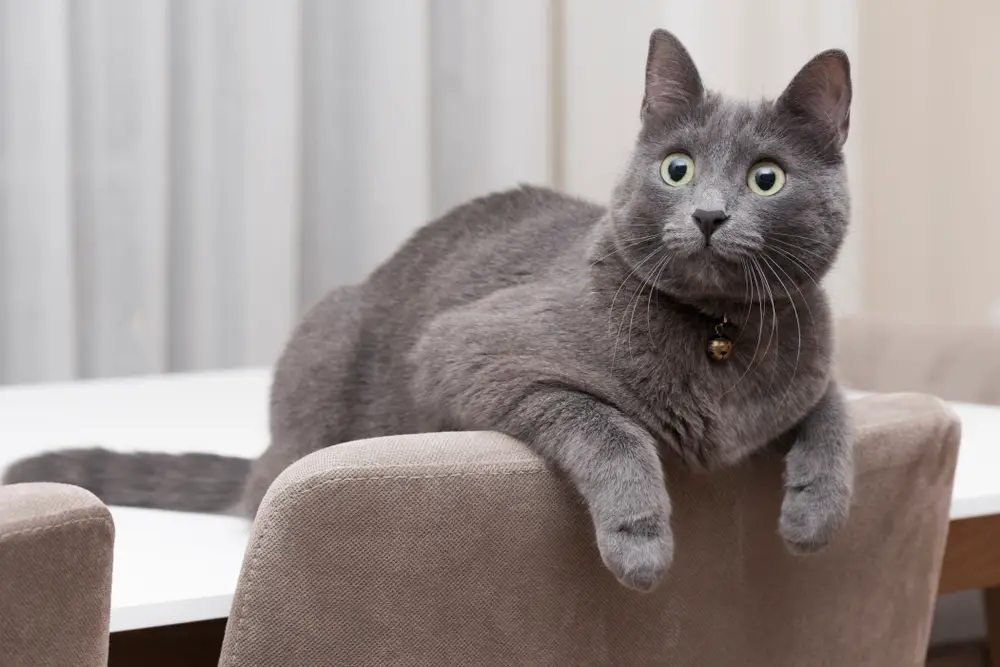
If your cat rubs their face against your furniture or you, they’re not just being affectionate—they’re marking their territory. Cats have scent glands on their cheeks that leave a distinct pheromone signature. This behavior signals ownership, a way of saying, “This is mine,” mirroring the territorial instincts of big cats in the wild. It’s a form of communication that helps establish boundaries without conflict.
Territorial marking also serves as a form of social networking among cats. When they rub against you, they’re not only marking territory but also mingling their scent with yours—a sign of trust and friendship. In multi-cat households, this behavior helps to create a shared scent environment, reducing stress and potential conflicts. So, when your cat rubs against you, see it as both a compliment and a wild instinct in action.
3. Nocturnal Activity
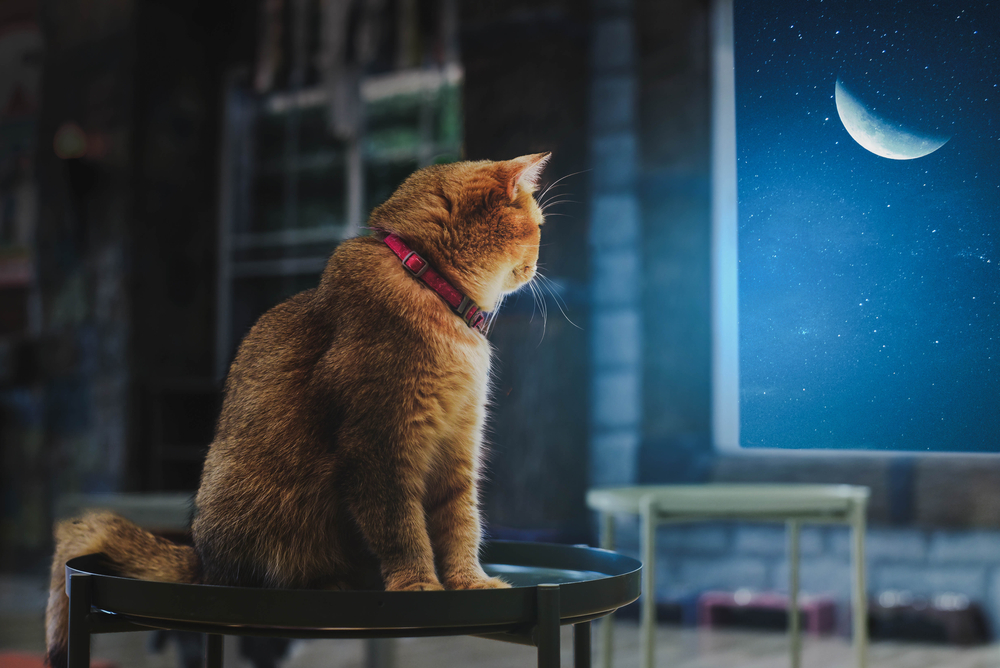
You might wonder why your cat seems to have a burst of energy just as you’re winding down for bed. This nocturnal activity is a throwback to their wild ancestors, who are most active during dawn and dusk, prime hunting times. Your cat’s zoomies are an instinctual drive to hunt, explore, and defend their territory under the cover of night. For them, this is the perfect time to play and let out pent-up energy.
Dr. John Bradshaw, a renowned animal behavior expert, notes in his book Cat Sense that domestic cats maintain this crepuscular pattern due to their evolutionary roots. He explains that this behavior once ensured their survival by avoiding predators and optimizing hunting. Understanding this can help you manage their nighttime antics by providing engaging activities during the day. So, don’t be surprised when your cat thinks the night is still young—they’re just following their ancient biological clock.
4. Climbing and Perching

Cats love to climb and perch on high places, a behavior inherited from ancestors who needed to survey their environment for prey and predators. This instinct to seek high ground provides them with a sense of security and control. When your cat perches atop your bookshelf or kitchen cabinets, they’re acting out their role as both hunter and lookout. These elevated positions also offer a break from the bustling activity at ground level.
Having a cat tree or designated high places for your kitty can satisfy this instinctual need. Providing vertical spaces enriches their environment, alleviating boredom, and reducing stress. Whether it’s a sunny windowsill or a specially-designed cat shelf, these spots can transform your home into a feline-friendly habitat. So, when your cat takes the high ground, they’re just honoring their wild lineage.
5. Grooming Rituals
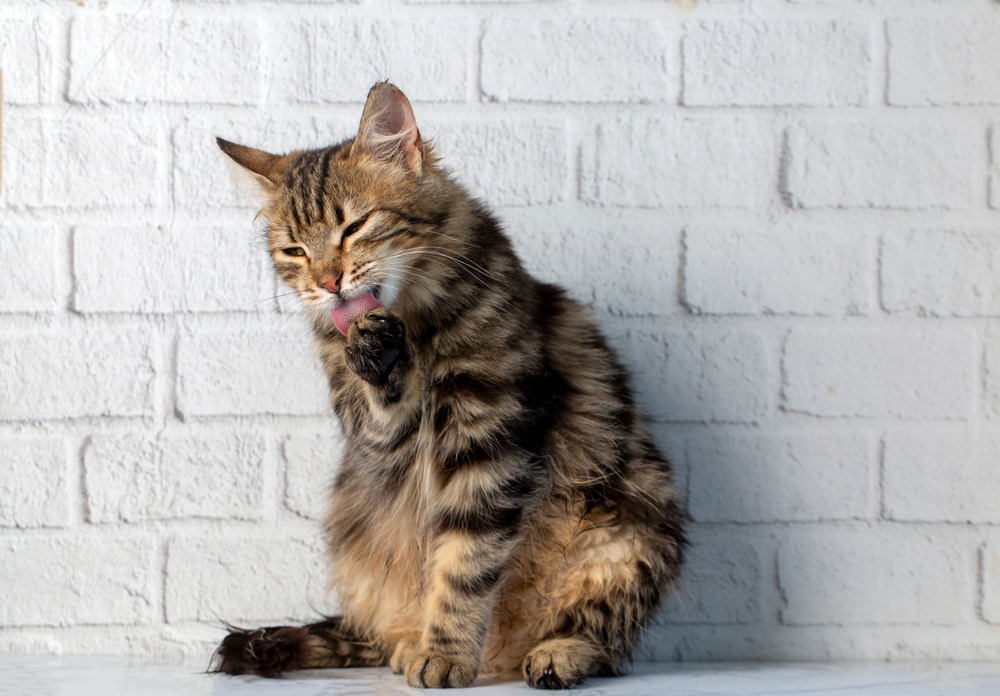
Your cat’s meticulous grooming habits might seem excessive, but they’re essential for more than just cleanliness. In the wild, grooming helps remove odors that could alert prey or predators to their presence. This behavior is deeply ingrained, as a clean coat is crucial for self-preservation in the wild. It also serves as a bonding activity among cats, promoting social cohesion.
Research highlighted in a National Geographic article underscores the importance of grooming for both health and social purposes. Cats spend about 30% of their waking hours grooming, which helps regulate body temperature, distribute natural oils, and maintain a healthy coat. This self-care routine is as much about survival as it is about comfort. So, when your cat grooms, it’s practicing a ritual that’s vital to its wild counterparts.
6. Purring
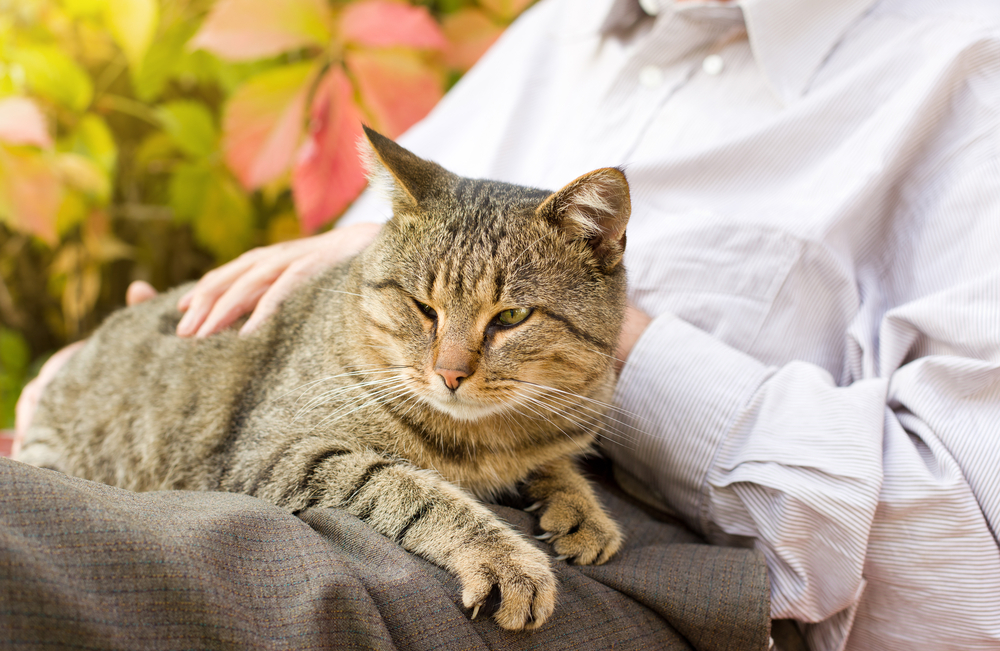
Purring is one of the most comforting sounds in the world, yet its origins are as practical as they are heartwarming. While often a sign of contentment, purring can also be a self-soothing behavior for cats in stressful situations. In the wild, purring serves as a way for injured cats to heal, as the vibrations can promote bone density and muscle repair. It’s a multifunctional tool that aids in both social interaction and physical recovery.
Interestingly, purring can also be a way of communicating with other animals and humans. By purring, cats convey a range of emotions, from happiness to distress. This versatile vocalization demonstrates the complexity of feline communication—an intricate system inherited from their wild ancestors. So, when your cat purrs, remember it’s more than a sign of pleasure; it’s a sophisticated survival mechanism.
7. Scratching Behaviors

Your couch might bear the brunt of your cat’s scratching behavior, but this instinct serves vital purposes far beyond sharpening claws. In the wild, scratching marks territory and communicates with other cats through both visible marks and scent glands in their paws. This behavior is an essential form of feline communication that reinforces boundaries and hierarchy. Cats also scratch to stretch their muscles and tendons, maintaining their physical health.
According to Dr. Tony Buffington, a professor of veterinary clinical sciences, scratching is a normal, healthy behavior that fulfills multiple needs. His research, mentioned in The Journal of Feline Medicine and Surgery, emphasizes that providing appropriate scratching outlets can prevent furniture destruction and stress-related behaviors. Offering scratching posts or boards can cater to this primal instinct while saving your furniture. So, when your cat scratches, they’re engaging in a critical, complex ritual that’s part of their wild heritage.
8. Solitary Hunting
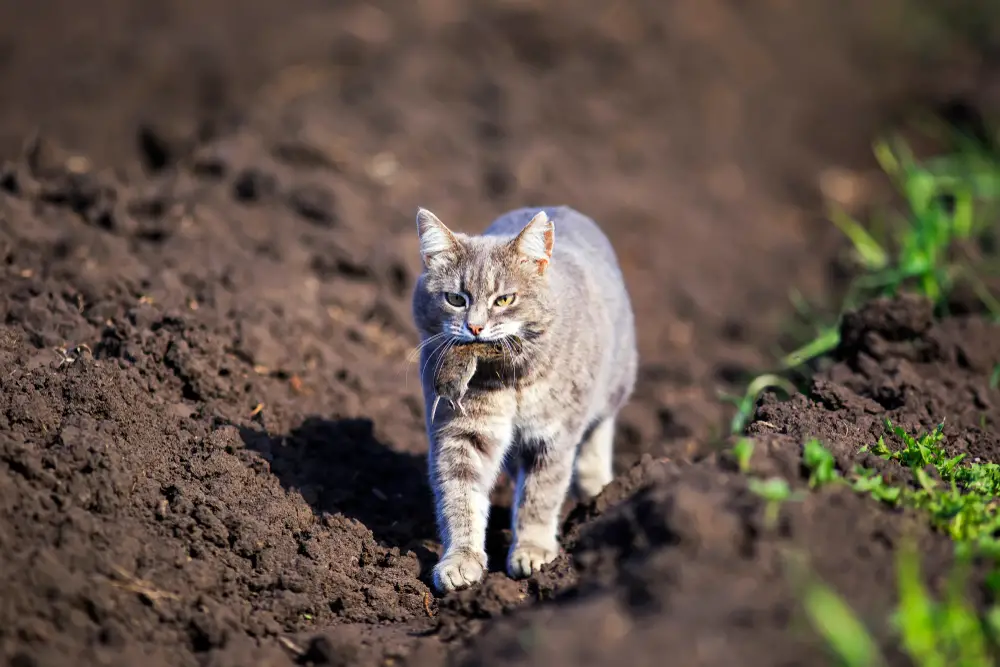
Unlike the social hunting strategies of lions, most wild cats are solitary hunters, and domestic cats have retained this independent streak. Your cat’s tendency to chase after toys alone reflects their natural instinct to hunt solo. This solitary hunting style allows them to be stealthier and more focused on their target. It’s a testament to their self-reliant nature, showing that they don’t need a pack to perform at their best.
This behavior also explains why cats can be so particular about their hunting spaces and privacy during play. They prefer environments where they can concentrate without distractions, mimicking the solitary focus required in the wild. Understanding this can help you create play experiences that satisfy their instinctual needs. So, when your cat engages in solo play, they’re honoring an ancient strategy that’s served them well for generations.
9. Kneading

When your cat kneads, pushing their paws rhythmically against a soft surface, it’s a throwback to kittenhood and a behavior rooted in their wild ancestry. This action stimulates milk flow from the mother cat and is associated with comfort and contentment. In the wild, this kneading behavior extends into adulthood as a means of marking territory. It’s also thought to be a way of preparing a resting area, mimicking the act of creating a comfortable space.
Kneading is often accompanied by purring, reinforcing its role as a soothing activity. Your cat might knead a blanket, your lap, or even the air when they’re particularly relaxed. This instinctive action shows how deep-seated behaviors are maintained across a cat’s life. So, when your cat kneads, they’re engaging in an ancient practice that brings comfort and security.
10. Eye Blinking

The slow blink from a cat is a gesture filled with meaning, akin to a feline smile or nod of trust. In the wild, closing their eyes—even for a moment—exposes cats to potential threats, so a slow blink is a significant sign of trust. When your cat offers you that slow blink, they’re showing they feel safe and at ease. This behavior has been described as the “cat kiss,” an unspoken bond between you and your feline friend.
You can strengthen your connection with your cat by returning the slow blink, a mutual exchange of trust. It’s a way to communicate in their language, reinforcing the bond you share. This behavior is one of the few ways cats visually express affection, borrowing from the subtle, non-verbal cues of their wild relatives. So, when your cat gives you that slow blink, they’re offering you a glimpse into their world of trust and safety.
11. Hiding

Cats love to hide, whether it’s in a cozy box or under furniture, and this behavior is a survival tactic inherited from their wild ancestors. In the wild, hiding helps them avoid predators and gives them the element of surprise when hunting. For your domestic cat, hiding provides a safe space to retreat and process their surroundings. It’s an instinctual response to overstimulation or stress, offering them a sense of security and control.
Providing hiding spots can help reduce your cat’s anxiety and promote a sense of well-being. Whether it’s a dedicated cat cave or a simple cardboard box, these spaces are crucial for their mental health. Recognizing the importance of hiding can help you better accommodate your cat’s emotional needs. So, when your cat retreats to a secret spot, they’re just taking a page from their wild playbook to ensure their peace of mind.
12. Tail Language
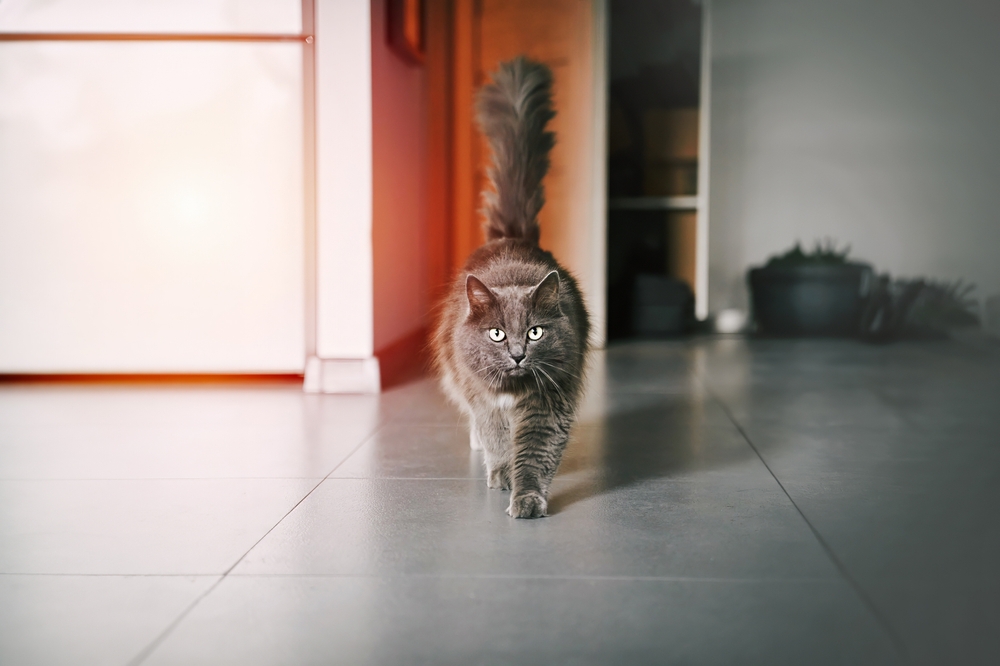
If you’ve ever noticed the various positions and movements of your cat’s tail, you’ve witnessed a complex language in action. In the wild, tail signals play a crucial role in communication, conveying emotions and intentions to other cats. A flicking tail might indicate irritation, while a puffed-up tail signals fear or aggression. Your domestic cat uses these same signals to communicate with you and other animals in the household.
Observing your cat’s tail language can provide insights into their emotional state. Understanding this is key to better interpreting their needs and reactions. Each tail movement tells a part of the story, from the gentle sway of curiosity to the rigid stance of alertness. So, when your cat wags or fluffs their tail, they’re speaking a silent language steeped in wild tradition.
13. Vocalizations
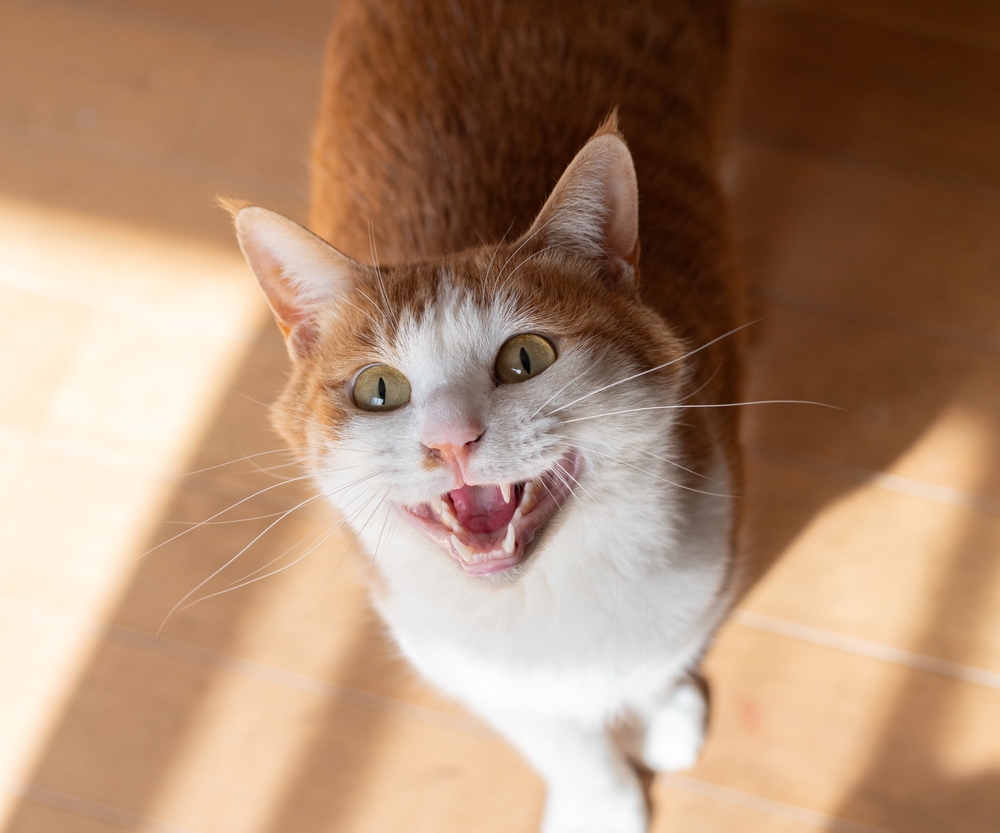
Your cat’s meows, chirps, and yowls are more than mere sounds—they’re part of a sophisticated communication system. While wild cats tend to rely more on body language and scent, domestic cats have developed a wider range of vocalizations to interact with humans. This adaptation reflects their ability to manipulate their environment, using sound to express needs and emotions. Each vocalization carries a different meaning, from a plaintive meow for food to a contented trill.
Learning to interpret these sounds can enhance your connection with your cat. By responding to their vocal cues, you acknowledge their efforts to communicate in a human-dominated world. This vocal variety is a testament to their adaptability and intelligence, traits they’ve honed since their wild beginnings. So, when your cat speaks up, they’re engaging in a dialogue that bridges their wild past with their present domestic life.
14. Aloofness

Cats are often stereotyped as aloof, but this behavior has deep roots in their wild ancestry. Unlike pack animals, solitary wild cats rely on independence for survival, developing a cautious approach to new situations and beings. This perceived aloofness is actually a manifestation of their self-reliant nature and keen observational skills. By taking time to assess their environment, cats ensure their safety and comfort.
This behavior is not about disinterest but about a careful balance of trust and self-preservation. Understanding this can help you appreciate your cat’s perspective and offer them the space they need. Their aloof moments are times of reflection and assessment, key components of their survival strategy. So, the next time your cat seems distant, remember they’re simply honoring their legacy of independence and wisdom.
